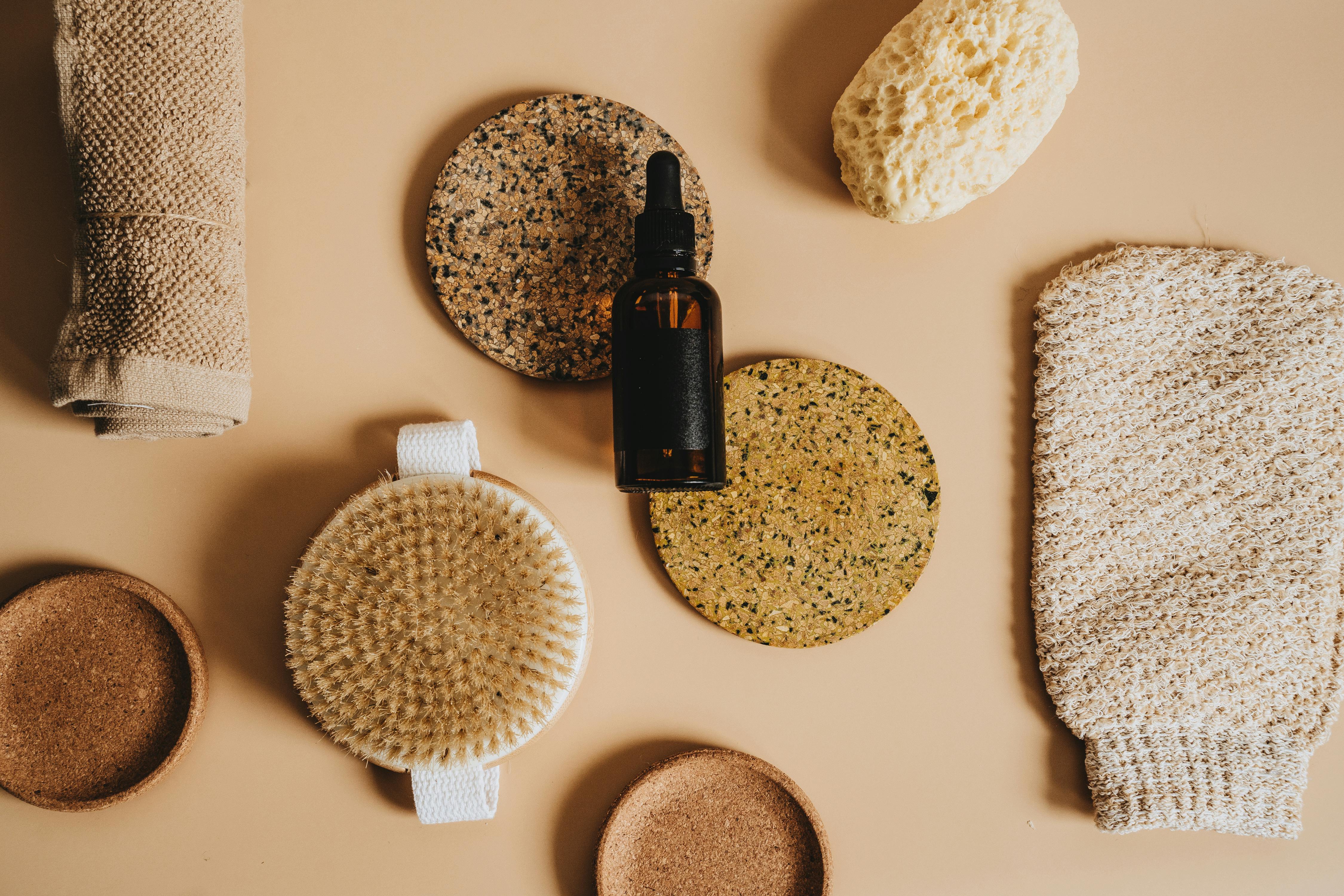Seaweed Soap: The Ocean's Gift to Your Skincare Routine
In the ever-evolving world of beauty and skincare, a new trend is making waves: seaweed soap. This innovative product harnesses the power of marine algae to deliver a unique blend of nutrients and minerals to the skin. As consumers increasingly seek natural, sustainable solutions for their beauty regimens, seaweed soap has emerged as a promising option. Its rise in popularity is not just a fleeting fad, but a testament to the potent benefits that ocean-derived ingredients can offer. From its humble origins to its current status as a sought-after skincare staple, seaweed soap represents a fascinating intersection of traditional wisdom and modern beauty science.

As scientific understanding of seaweed’s beneficial properties grew, cosmetic companies started to explore its potential in skincare products. The first commercial seaweed soaps appeared in the 1920s, primarily in coastal regions of Europe and Asia. These early formulations were rudimentary compared to today’s sophisticated blends, but they laid the groundwork for future innovations.
The Science Behind Seaweed’s Skincare Benefits
Seaweed’s effectiveness in skincare is rooted in its rich nutritional profile. Marine algae are packed with vitamins, minerals, and antioxidants that nourish and protect the skin. Dr. Sarah Johnson, a dermatologist specializing in marine-based skincare, explains, “Seaweed contains high levels of vitamins A, C, and E, which are essential for maintaining healthy skin. It’s also rich in amino acids and polysaccharides that help hydrate and plump the skin.”
One of the key components found in seaweed is alginate, a natural polymer with remarkable moisture-retaining properties. When used in soap, alginate creates a protective barrier on the skin, locking in hydration and preventing moisture loss. This makes seaweed soap particularly beneficial for those with dry or sensitive skin.
Additionally, seaweed is known for its detoxifying abilities. It contains compounds that can help draw out impurities from the skin, making it an effective natural cleanser. This detoxifying action, combined with seaweed’s anti-inflammatory properties, can help improve skin clarity and reduce the appearance of blemishes.
From Ocean to Soap: The Production Process
The journey from seaweed in the ocean to soap in your bathroom involves several carefully orchestrated steps. The process begins with sustainable harvesting practices to ensure the long-term health of marine ecosystems. Many seaweed soap manufacturers work closely with marine biologists to identify the most sustainable harvesting methods and locations.
Once harvested, the seaweed undergoes a thorough cleaning process to remove any salt, sand, or other impurities. It is then dried and ground into a fine powder or extracted to create concentrated seaweed extracts. These seaweed derivatives are then incorporated into soap bases, which can be either traditional cold-process soaps or more modern glycerin-based formulations.
The art of seaweed soap making lies in achieving the right balance of ingredients. Too much seaweed can result in an overpowering scent or texture, while too little may not provide the desired benefits. Master soapmakers often spend years perfecting their formulas to create products that are both effective and pleasurable to use.
The Market Impact of Seaweed Soap
The rise of seaweed soap reflects broader trends in the beauty industry towards natural, sustainable products. Market research firm Mintel reports that consumer interest in seaweed-based skincare products has grown by 32% over the past two years. This surge in demand has led to an influx of new seaweed soap brands entering the market, ranging from artisanal producers to established cosmetic companies.
The global seaweed soap market is projected to reach $1.2 billion by 2025, according to industry analysts. This growth is driven not only by increasing consumer awareness of seaweed’s benefits but also by a growing preference for eco-friendly beauty products. Seaweed soap’s natural origins and biodegradable nature appeal to environmentally conscious consumers looking to reduce their plastic consumption and carbon footprint.
Choosing and Using Seaweed Soap: Expert Recommendations
When selecting a seaweed soap, it’s important to look beyond attractive packaging and marketing claims. Dr. Johnson advises, “Check the ingredient list to ensure that seaweed or its derivatives are listed near the top. Look for products that specify the type of seaweed used, as different varieties offer different benefits.”
For optimal results, dermatologists recommend using seaweed soap as part of a consistent skincare routine. Gently massage the soap onto damp skin in circular motions, allowing the natural oils and minerals to penetrate. Rinse thoroughly with lukewarm water and follow with a moisturizer to lock in the benefits.
It’s worth noting that while seaweed soap is generally suitable for all skin types, those with severe allergies or extremely sensitive skin should perform a patch test before use. As with any new skincare product, it’s advisable to introduce seaweed soap gradually into your routine and monitor your skin’s response.
In conclusion, seaweed soap represents a harmonious blend of nature’s bounty and scientific innovation. As research continues to uncover the full potential of marine-derived skincare ingredients, we can expect to see even more sophisticated and targeted seaweed soap formulations in the future. For now, this oceanic treasure offers a promising path to healthier, more radiant skin – straight from the depths of the sea to your daily skincare routine.





